Mobile Application
Mobile apps are developed specifically for a particular mobile platform, such as Apple’s iOS or Google’s Android operating system. Mobile apps are typically designed to be user-friendly and easy to use, and they can be customized to meet the needs and preferences of individual users.
Kotlin Multiplatform is a toolkit for building cross-platform applications that allows developers to write code in Kotlin that can be shared across multiple platforms, such as Android, iOS, desktop, and the web. It is reducing the need to maintain separate codebases for each platform. This can save time and effort, and make it easier to build and maintain applications that run on multiple platforms.
Kotlin Multiplatform is an official feature of the Kotlin programming language, and is fully supported by JetBrains, the company behind Kotlin. It is a powerful tool for building cross-platform applications and can be used with a variety of tools and frameworks, such as Android Studio, IntelliJ IDEA, and Gradle.
Flutter is an open-source mobile application development framework created by Google. It allows developers to build natively compiled applications for mobile, web, and desktop from a single codebase.
Flutter is built using the Dart programming language and features a fast development cycle with hot reload, a visual design tool called Flutter Inspector, and integrated testing support. It also includes a rich set of customizable widgets and tools for building beautiful and responsive user interfaces.
One of the main advantages of Flutter is that it allows developers to create high-quality, visually attractive apps that have a native feel on both Android and iOS platforms. Flutter is widely used by developers to build a variety of applications, including social media apps, e-commerce apps, and messaging apps. It is also popular for building prototypes and MVPs (minimum viable products) due to its fast development cycle.
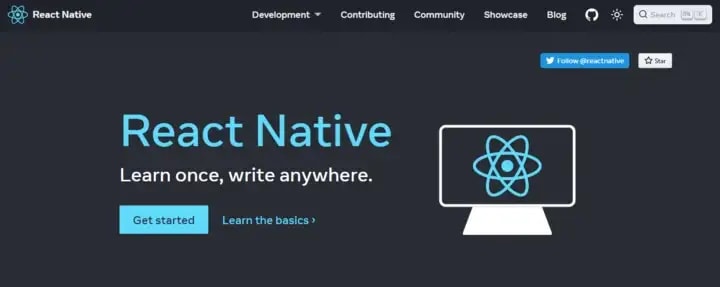
React Native is a JavaScript framework for building native mobile apps. It was developed by Facebook and is often used for building cross-platform apps for iOS and Android.
React Native is based on the popular JavaScript library React, which was developed for building user interfaces for web applications. It allows developers to use React and its declarative components to build native mobile apps that have a native feel and performance.
One of the main advantages of React Native is that it allows developers to build native mobile apps using the same concepts and patterns they use for building web applications. It also allows developers to reuse code between platforms, reducing the need to maintain separate codebases for iOS and Android.
React Native is widely used by developers to build a variety of applications, including social media apps, e-commerce apps, and messaging apps. It is also popular for building prototypes and MVPs (minimum viable products) due to its fast development cycle and ability to reuse code between platforms.
Desktop Applications
Flutter Desktop is a version of the Flutter framework that allows developers to build native desktop applications for Windows, macOS, and Linux using the same codebase. It is an extension of Flutter, which is primarily designed for building mobile apps, but has been extended to support desktop platforms as well.
Flutter Desktop uses the same design principles and core concepts as Flutter for mobile, including the use of the Dart programming language, a rich set of customizable widgets, and a fast development cycle with hot reload. It also includes tools and APIs for building desktop-specific features, such as support for native menus and notifications, and integration with the host operating system.
One of the main advantages of Flutter Desktop is that it allows developers to build native desktop applications that have a native feel and performance, while still being able to reuse code between platforms and take advantage of the fast development cycle and visual design tools provided by Flutter.
Flutter Desktop is still in an experimental phase and is not yet fully supported by the Flutter team. However, it has a growing community of developers and is being used to build a variety of desktop applications.
Kotlin Multiplatform (Desktop)
Desktop app development using Kotlin Multiplatform typically involves writing code that can be shared between the desktop and other platforms, such as mobile or web. This code is typically written in Kotlin, and can include things like business logic, data models, and other reusable components.
To build a desktop application using Kotlin Multiplatform, you will need to use a framework that supports it, such as Ktor or TornadoFx. These frameworks provide the necessary tools and APIs for building desktop applications, and can help you to easily integrate your shared Kotlin code into your desktop application.
Overall, Kotlin Multiplatform is a powerful tool for building cross-platform applications, and can help you to save time and effort by allowing you to write code once and use it across multiple platforms. It is especially useful for building desktop applications, as it allows you to reuse code from other platforms and to take advantage of the many benefits of the Kotlin language.
Tauri is an open-source framework for building secure, lightweight native applications using the Rust programming language and the webview framework. It allows developers to build native desktop and mobile applications that can interact with web technologies, such as HTML, CSS, and JavaScript, and access native APIs and functionality.
One of the main advantages of Tauri is that it allows developers to build applications that have a native feel and performance, while still being able to leverage the power and flexibility of web technologies. It also has a strong focus on security, providing features such as content security policies, sanitized HTML rendering, and automatic updates.
Tauri is built on top of the webview framework, which provides a web runtime environment that can be embedded in native applications. It uses the Rust programming language to provide a high-performance and reliable backend for the application.
Tauri is primarily designed for building cross-platform desktop applications, but it also supports building mobile applications for Android and iOS. It is a relatively new framework and is still in active development, but it has a growing community of users and is being used to build a variety of applications.
An Electron app is a desktop application that is built using the Electron framework. Electron is an open-source framework developed by GitHub that allows developers to build cross-platform desktop applications using web technologies, such as HTML, CSS, and JavaScript.
Electron apps are built using a combination of web technologies and native code, and are distributed as standalone applications that can be installed on a user’s computer. They have access to the native operating system’s APIs and functionality, and can be used to build a wide variety of applications, including productivity tools, games, and developer tools.
One of the main advantages of Electron is that it allows developers to build desktop applications using the same technologies and skills they use for building web applications, making it easy to build cross-platform applications that have a native feel and performance. It also has a rich ecosystem of third-party libraries and tools, and is supported by a large and active community of developers.
Some examples of popular Electron apps include Visual Studio Code, Slack, and Discord.
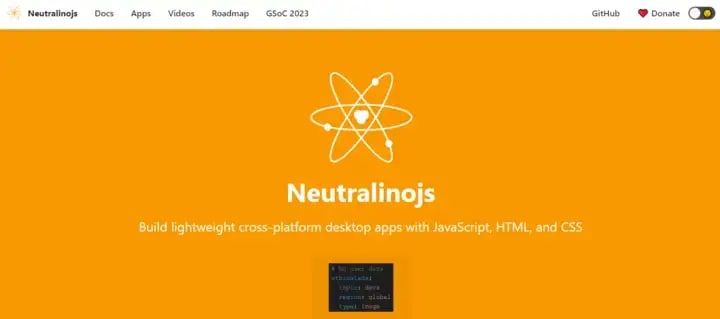
Neutralinojs is an open-source framework for building cross-platform desktop applications using web technologies, such as HTML, CSS, and JavaScript. It allows developers to build natively compiled applications that can run on Windows, macOS, and Linux, and provides a range of APIs and tools for accessing native functionality and interacting with the host operating system.
One of the main advantages of Neutralinojs is that it allows developers to build desktop applications using familiar web technologies, while still being able to access native APIs and functionality. It also has a lightweight runtime and a small footprint, making it well-suited for building applications that need to be fast and efficient.
Neutralinojs is built on top of the Node.js runtime and uses the Electron framework under the hood. It also includes a range of tools and libraries for building and packaging applications, as well as a command-line interface for managing projects and building applications.
Neutralinojs is a relatively new framework and is still in active development, but it has a growing community of users and is being used to build a variety of applications.
Web Applications

Svelte is a JavaScript framework for building web applications. It is a modern, lightweight framework that is designed to be fast and easy to use.
Sapper is a framework for building web applications with Svelte. It is built on top of Svelte and provides a set of tools and libraries for building server-rendered and statically generated web applications.
Sapper is designed to be easy to use and lightweight, with a focus on developer experience and performance. It includes features such as automatic code-splitting, offline support, and server-side rendering, making it well-suited for building modern web applications.
Sapper is built using the same principles as Svelte, with a focus on simplicity and performance. It is a relatively new framework, but it has a growing community of users and is being used to build a variety of web applications.

Vue.js is an open-source JavaScript framework for building web user interfaces. It is a progressive framework, which means that it can be used to build small, self-contained components or large, complex applications.
Vue.js is designed to be easy to use and lightweight, with a focus on developer experience and performance. It uses a template-based syntax and a reactive component model, which makes it easy to build interactive and responsive user interfaces.
Vue.js has a strong ecosystem of third-party libraries and tools, and is supported by a large and active community of developers. It is well-suited for building a variety of web applications, including single-page applications (SPAs), progressive web apps (PWAs), and mobile-optimized web apps.
Some examples of popular applications built using Vue.js include the 9GAG social media platform, the GitLab version control system, and the Xiaomi shopping website.
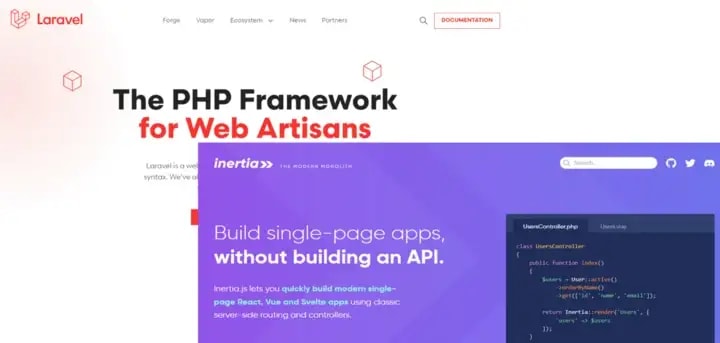
Laravel is a free, open-source PHP web application framework that is designed for web application development. It follows the model-view-controller (MVC) architectural pattern, and is known for its expressive syntax, which makes it easier to write and maintain code. Laravel includes a range of features and tools that make it easier to build and maintain web applications, including routing, authentication, sessions, and caching.
Inertia.js is a JavaScript library that allows you to build single-page applications (SPAs) using server-side rendering (SSR). It is designed to be used with Laravel, and provides a simple and elegant way to build SPAs that are powered by a Laravel backend.
Inertia.js works by sending requests from the client-side JavaScript application to the server, which then renders the appropriate view and returns it to the client. This allows you to build SPAs that feel more like traditional server-rendered applications, while still taking advantage of the benefits of a SPA.
Laravel and Inertia.js are both powerful tools for building modern web applications, and are often used together to build high-quality, feature-rich applications.

Django is a free and open-source web framework written in Python. It is designed to be fast, secure, and flexible, and is well-suited for building complex, data-driven websites and web applications.
Django follows the model-template-view (MTV) architectural pattern and is based on the principle of “don’t repeat yourself” (DRY), which means that it encourages developers to build reusable code that is easy to maintain and update.
Django includes a range of features and tools that make it easy to build web applications quickly and efficiently, including a powerful ORM (Object-Relational Mapper) for working with databases, a built-in web server for testing and development, and support for internationalization and localization.
Django is used by a wide range of organizations and companies to build a variety of web applications, including content management systems, e-commerce platforms, and social media websites. Some examples of popular applications built using Django include Pinterest, Instagram, and The Washington Post.

Angular is a JavaScript-based front-end web application framework that is primarily used to build single-page applications (SPAs). It was developed and maintained by Google, and is widely used for building complex and interactive web applications.
Angular uses a declarative approach to building web applications, meaning that developers describe what they want the application to do, rather than writing imperative code that tells the application how to do it. This makes it easier to build and maintain large, complex applications, as well as to reuse code across different parts of the application.
Angular follows the Model-View-Controller (MVC) architecture, which separates the application into different components that handle specific tasks. The model represents the data and business logic of the application, the view is the user interface (UI) that the user interacts with, and the controller is the glue that connects the model and the view.
In addition to its core features, Angular also provides a range of tools and services for testing, debugging, and deploying applications. It is a popular choice for building modern web applications, and is used by many companies and organizations around the world.



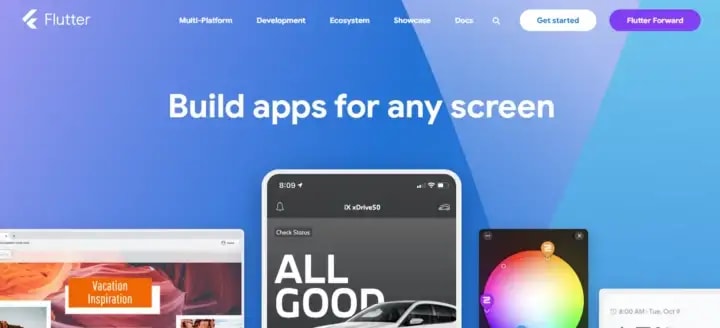
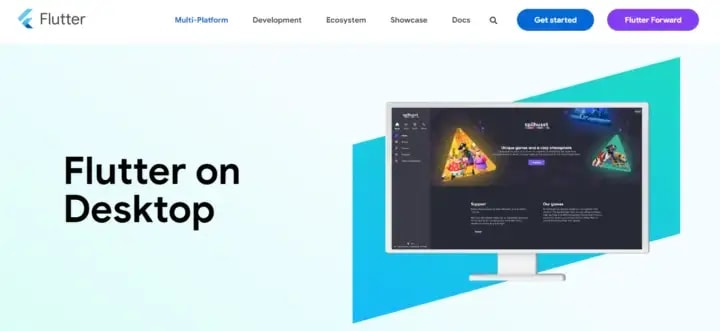

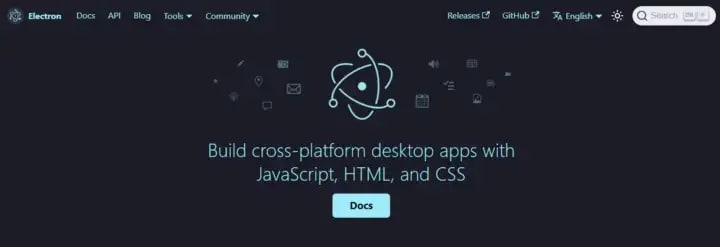


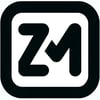


Latest comments (0)